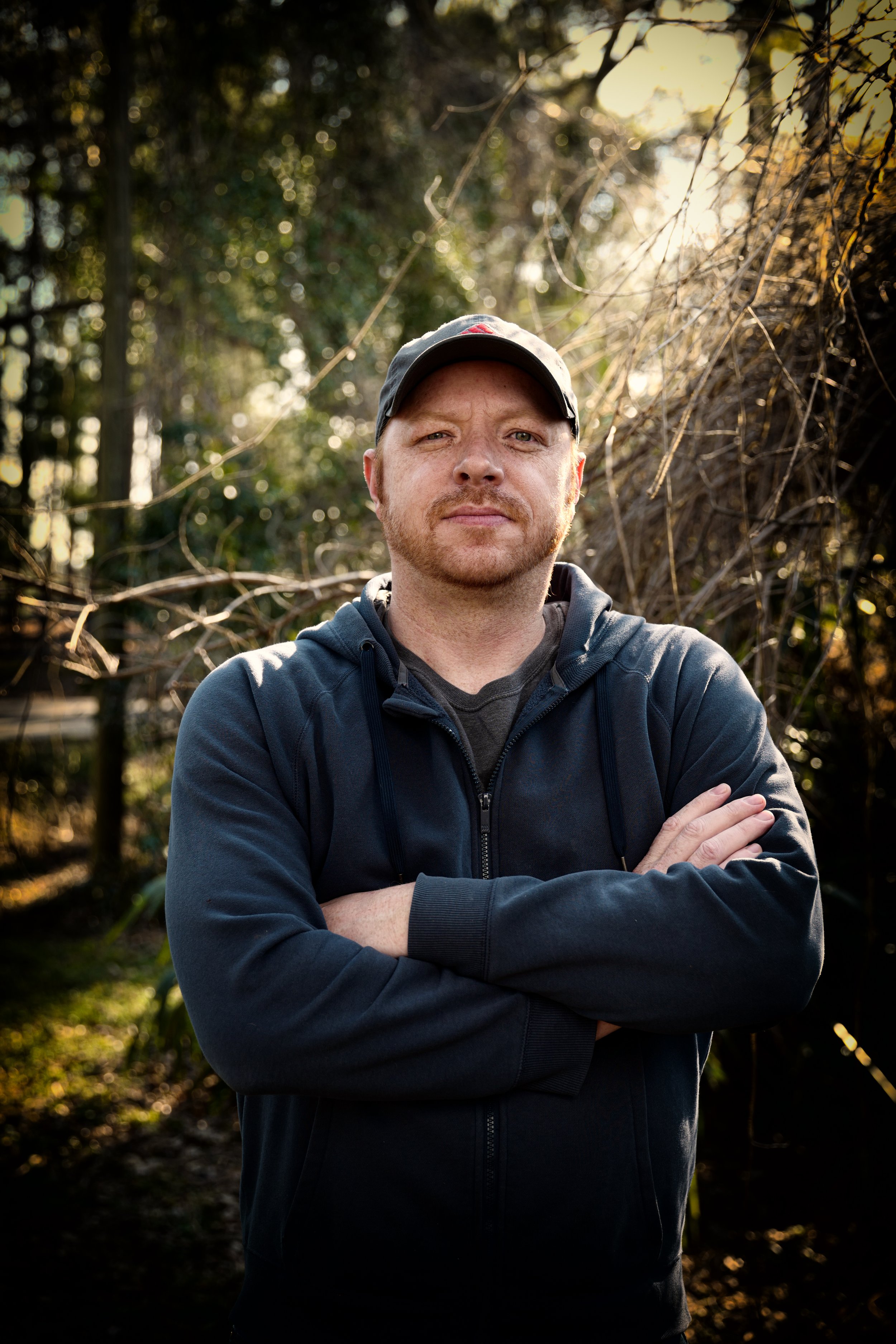Rumored Buzz on Circular Dichroism
Rumored Buzz on Circular Dichroism
Blog Article
How Spectrophotometers can Save You Time, Stress, and Money.
Table of ContentsGetting My Spectrophotometers To WorkNot known Factual Statements About Circular Dichroism 3 Simple Techniques For Circular DichroismFacts About Uv/vis/nir UncoveredCircular Dichroism Things To Know Before You BuyExcitement About Uv/visHow Circularly Polarized Luminescence can Save You Time, Stress, and Money.Uv/vis Things To Know Before You BuyTop Guidelines Of Circularly Polarized LuminescenceSpectrophotometers Things To Know Before You Get ThisUv/vis - TruthsThe Facts About Circularly Polarized Luminescence UncoveredCircularly Polarized Luminescence Things To Know Before You Get This
It is then scanned through the sample and the referral services. Portions of the incident wavelengths are transmitted through, or shown from, the sample and the reference. The resultant light strikes the photodetector gadget, which compares the relative strength of the 2 beams. Electronic circuits transform the relative currents into direct transmission percentages and/or absorbance/concentration values.The transmission of a reference substance is set as a standard (information) worth, so the transmission of all other compounds are tape-recorded relative to the preliminary "zeroed" substance. The spectrophotometer then transforms the transmission ratio into 'absorbency', the concentration of particular elements of the test sample relative to the preliminary compound.
Because samples in these applications are not easily offered in big quantities, they are especially fit to being evaluated in this non-destructive technique. In addition, precious sample can be saved by making use of a micro-volume platform where as little as 1u, L of sample is required for complete analyses. A quick explanation of the procedure of spectrophotometry consists of comparing the absorbency of a blank sample that does not include a colored compound to a sample that consists of a colored substance.
Excitement About Uv/vis/nir
In biochemical experiments, a chemical and/or physical residential or commercial property is picked and the procedure that is utilized is particular to that residential or commercial property in order to derive more info about the sample, such as the quantity, pureness, enzyme activity, etc. Spectrophotometry can be used for a variety of techniques such as figuring out optimum wavelength absorbance of samples, figuring out optimum p, H for absorbance of samples, identifying concentrations of unidentified samples, and figuring out the p, Ka of numerous samples.: 21119 Spectrophotometry is also a practical process for protein filtration and can also be utilized as a method to produce optical assays of a substance.
It is possible to understand the concentrations of a two part mixture using the absorption spectra of the basic options of each element. To do this, it is essential to understand the termination coefficient of this mix at 2 wave lengths and the extinction coefficients of solutions that include the recognized weights of the 2 elements.

The Greatest Guide To Uv/vis
The majority of spectrophotometers are used in the UV and visible regions of the spectrum, and some of these instruments likewise operate into the near-infrared area also. The concentration of a protein can be estimated by measuring the OD at 280 nm due to the presence of tryptophan, tyrosine and phenylalanine (https://www.pearltrees.com/olisclarity1#item574664694).
This technique requires a spectrophotometer capable of measuring in the UV region with quartz cuvettes.: 135 Ultraviolet-visible (UV-vis) spectroscopy includes energy levels that excite electronic transitions. Absorption of UV-vis light delights molecules that are in ground-states to their excited-states.
These curves can be utilized to evaluate a brand-new batch of colorant to inspect if it makes a match to specifications, e
Traditional visible standard spectrophotometers can not detect if a colorant or the base material has product. This can make it challenging to handle color problems if for example one or more of the printing inks is fluorescent. There are 2 significant setups for visual spectrum spectrophotometers, d/8 (spherical) and 0/45.
Researchers use this instrument to determine the quantity of compounds in a sample. In the case of printing measurements two alternative settings are typically utilized- without/with uv filter to control much better the result of uv brighteners within the paper stock.
The Main Principles Of Circularly Polarized Luminescence
Some applications require little volume measurements which can be performed with micro-volume platforms. As explained in the applications area, spectrophotometry can be utilized in both qualitative and quantitative analysis of DNA, RNA, and proteins. Qualitative analysis can be utilized and spectrophotometers are utilized to tape spectra of compounds by scanning broad wavelength regions to determine the absorbance properties (the strength of the color) of the substance at each wavelength.

Not known Details About Spectrophotometers
One significant element is the kind of photosensors that are offered for various spectral regions, however infrared measurement is likewise tough due to the fact that essentially whatever emits IR as thermal radiation, especially at wavelengths beyond about 5 m. Another problem is that many materials such as glass and plastic absorb infrared, making it incompatible as an optical medium.
Samples for IR spectrophotometry may be smeared between two discs of potassium bromide or ground with potassium bromide and pushed into a pellet. Where aqueous solutions are to be measured, insoluble silver chloride is utilized to build the cell. Spectroradiometers, which run nearly like the visible region spectrophotometers, are created to measure the spectral density of illuminants. 2013. p. 13. Allen, DW; Cooksey, C; Tsai, BK (Nov 13, 2009). "Spectrophotometry". Retrieved Dec 23, 2018. Ninfa AJ, Ballou DP, Benore M (2010 ). Basic Lab Methods for Biochemistry and Biotechnology (2nd ed.). Hoboken: Wiley & Sons. ISBN 9780470087664. OCLC 488246403. Schwedt G (1997 ). The necessary guide to analytical chemistry.
Oke, J. B.; Gunn, J. E.
Uv/vis/nir for Beginners

Ninfa AJ, Ballou DP, Benore M (2015 ). Essential Laboratory Approaches for Biochemistry and Biotechnology (3, rev. ed.). circular dichroism. Lab Devices.
Indicators on Circular Dichroism You Need To Know
"Applied Spectrophotometry: Analysis of a Biochemical Mix". Biochemistry and Molecular Biology Education. Journal of Biochemistry Education.
Not known Facts About Spectrophotometers
U.S. Department of Commerce National Bureau of Standards unique publication; 378. Washington, D.C.: U.S. National Bureau of Standards.
The procedure begins with a regulated source of light that brightens the analyzed sample. When it comes to reflection, as this light engages with the sample, some is taken in or given off. The given off light journeys to the detector, which is examined, measured, and provided as industry-standard color scales and indices.
All terms are evaluated over the visible spectrum from 400 to 700 nm. In the case of transmission, when the light interacts with the sample, it is either soaked up, reflected, or sent.
Facts About Circular Dichroism Revealed
Examples consist of APHA (American Public Health Association) for watercolor and purity analysis, ASTM D1500 for petrochemical color analysis, edible oil indices used in food, and color analyses of beverages. The streamlined math looks like this:. Where T is the transmission coefficient. All terms are evaluated over the visible spectrum from 400 to 700 nm.
Image Credit: Matej Kastelic/ Dr. Arnold J. Beckman and his associates at the National Technologies Laboratories initially invented the spectrophotometer in 1940. In 1935 Beckman founded the business, and the discovery of the spectrophotometer was their most ground-breaking invention. Dr. Bruce Merrifield, a Nobel prize-winning biochemist, mentioned This Site that the creation of the spectrophotometer was "probably the most important instrument ever established towards the advancement of bioscience." Before the discovery of the spectrophotometer, chemical analyses took weeks to finish, with 25% precision.
Some Ideas on Spectrophotometers You Should Know
Over time, scientists kept improving the spectrophotometer design to improve its efficiency. The UV abilities of the design B spectrophotometer were enhanced by changing the glass prism with a quartz prism.
Generally, a spectrophotometer is made up of 2 instruments, specifically, a spectrometer and a photometer. A fundamental spectrophotometer contains a light source, a monochromator, a collimator for straight light beam transmission, a cuvette to position a sample, and a photoelectric detector.
What Does Uv/vis/nir Mean?
There are different types of spectrophotometers in numerous sizes and shapes, each with its own purpose or functionality. A spectrophotometer identifies how much light is shown by chemical elements. circular dichroism. It measures the difference in light strength based upon the total amount of light introduced to a sample and the amount of beam that travels through the sample solution
A spectrophotometer is utilized to determine the concentration of both colorless and colored solutes in a solution. This instrument is used to figure out the rate of a response.
Report this page